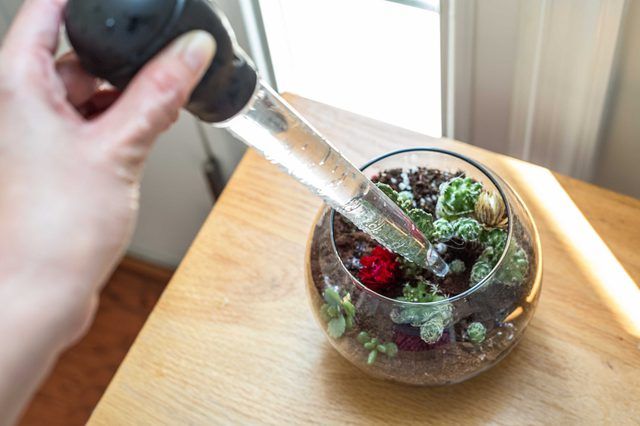Bulbs
Flower Basics
Flower Beds & Specialty Gardens
Flower Garden
Garden Furniture
Garden Gnomes
Garden Seeds
Garden Sheds
Garden Statues
Garden Tools & Supplies
Gardening Basics
Green & Organic
Groundcovers & Vines
Growing Annuals
Growing Basil
Growing Beans
Growing Berries
Growing Blueberries
Growing Cactus
Growing Corn
Growing Cotton
Growing Edibles
Growing Flowers
Growing Garlic
Growing Grapes
Growing Grass
Growing Herbs
Growing Jasmine
Growing Mint
Growing Mushrooms
Orchids
Growing Peanuts
Growing Perennials
Growing Plants
Growing Rosemary
Growing Roses
Growing Strawberries
Growing Sunflowers
Growing Thyme
Growing Tomatoes
Growing Tulips
Growing Vegetables
Herb Basics
Herb Garden
Indoor Growing
Landscaping Basics
Landscaping Patios
Landscaping Plants
Landscaping Shrubs
Landscaping Trees
Landscaping Walks & Pathways
Lawn Basics
Lawn Maintenance
Lawn Mowers
Lawn Ornaments
Lawn Planting
Lawn Tools
Outdoor Growing
Overall Landscape Planning
Pests, Weeds & Problems
Plant Basics
Rock Garden
Rose Garden
Shrubs
Soil
Specialty Gardens
Trees
Vegetable Garden
Yard Maintenance
How to Convert an Aquarium to a Terrarium
How to Convert an Aquarium to a Terrarium. It only takes a few hours to convert an aquarium to a terrarium. A terrarium is a clear container for growing plants, so any size of aquarium can become a terrarium, and you can leave it open to the air or cover it with an aquarium lid. A covered terrarium can last for years without adding water, but...
It only takes a few hours to convert an aquarium to a terrarium. A terrarium is a clear container for growing plants, so any size of aquarium can become a terrarium, and you can leave it open to the air or cover it with an aquarium lid. A covered terrarium can last for years without adding water, but sometimes diseases develop in the moist, humid environment. If you're new to terrariums, leave the converted aquarium uncovered for a few months until you're sure all the plants are growing healthily.
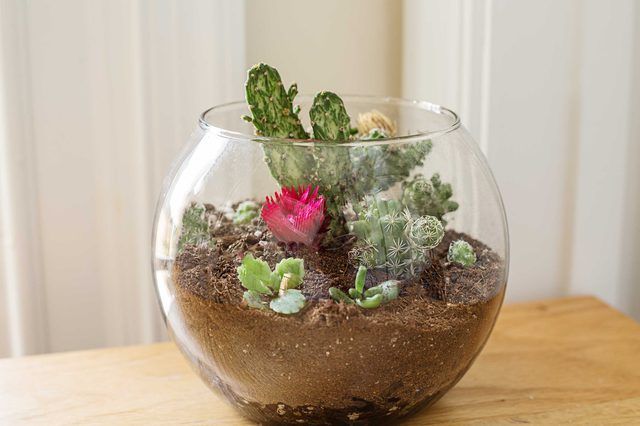
The first step to converting an aquarium to a terrarium is to thoroughly clean the aquarium. Fungi and bacteria thrive in the conditions inside a terrarium, so it's important to make the aquarium sparkling clean before adding any potting soil or plants. Remove any filters, sand, gravel plant debris or other items from the aquarium, and wash the inside and the outside with hot, soapy water. Make sure the glass is clean so you can see the plants and so they get maximum light. You can use commercial glass cleaner to give a final polish and shine, but leave the aquarium to air for three or four days before adding any plants.
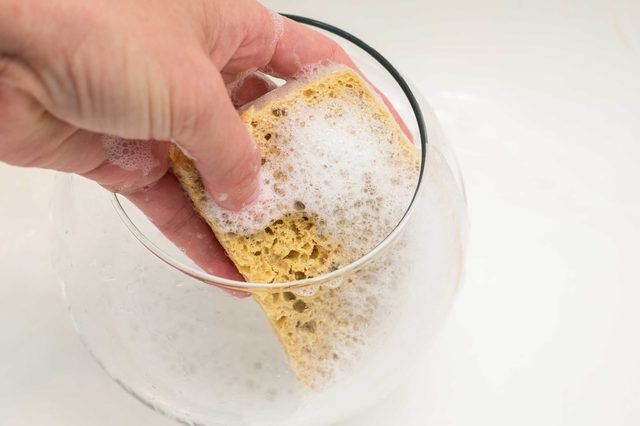
A terrarium doesn't have drainage holes, so the potting soil must be free-draining to grow plants successfully. Fill about one-fourth of the depth of a terrarium with drainage material and potting soil. Add the base ingredients through a funnel of rolled paper to avoid dirtying the sides. Place a 1- to 3-inch layer of aquarium gravel or pea gravel in the base, and spread a 1/2-inch layer of horticultural charcoal on top, which helps remove offensive smells. To prevent the potting soil from sinking into the charcoal, spread a 1/2-inch layer of sphagnum moss over it. Fill the terrarium one-quarter full with moist, sterile, free-draining potting soil, such as a ready-to-use peat moss, perlite and vermiculite mix from a garden center.
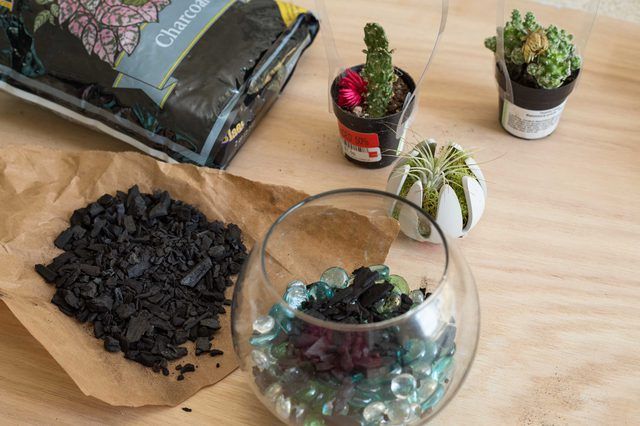
Tropical plants that survive in low light grow well in a terrarium, but it provides moist, warm conditions that pests and diseases love. Select miniature varieties of plants with a variety of textures and shapes, such as low-growing, spreading plants and upright plants. Inspect them for signs of infestation or disease, such as webbing, and speckled, spotted, misshaped or discolored foliage. Sterilize pruning shears by wiping the blades with a cloth soaked in rubbing alcohol, and prune any dead or discolored foliage. Use long-handled tools, such as wooden kitchen spoons, bamboo sticks and a stick with a wire loop on the end, to dig small holes and place the plants in the terrarium at their original growing depths in their pots.
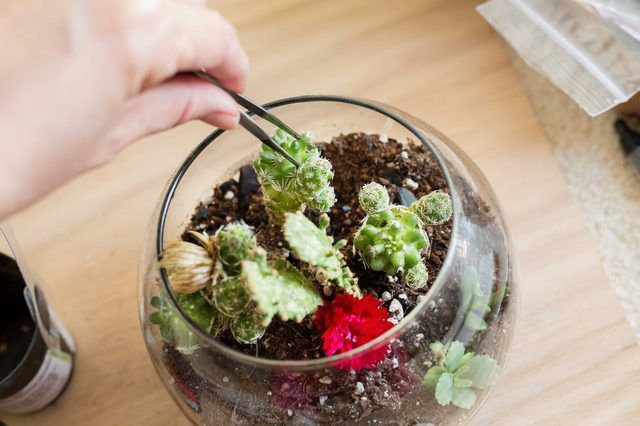
Plants in a terrarium require only a little water if it's covered. A terrarium retains water well, and water droplets often appear on the inner walls. Excess water is difficult to remove from a terrarium, and encourages diseases, so water the plants in your terrarium only if they begin to wilt. Moisten the soil at the plant bases with a kitchen bulb baster you use only for this task. Place the terrarium in indirect light to avoid overheating. Remove leaves that fall, and inspect the plants for signs of disease. Remove any that appear infected.
